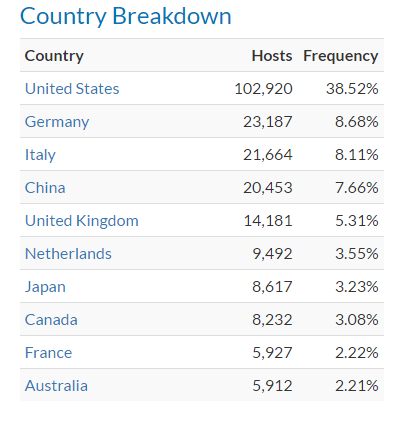Is This Necessary?
By disabling the trust for SHA-1 certificates, browser vendors try to prevent a situation similar to what was happening in 2008. Well before 2008, is was commonly known that the MD5 hash algorithm exhibits serious weaknesses. Despite that fact, many certificate authorities issued MD5 certificates and major browsers accepted them. The attacks against MD5 have continuously improved over the years until in 2008, a group of researchers used the weaknesses in MD5 to successfully forge a certificate. Using this certificate, the researchers were able to issue arbitrary certificates for any service on the Internet. We know now that any criminal organisation that also conducted the same research and implemented a similar attack could have successfully intercepted arbitrary TLS connections (e.g. HTTPS) on the Internet.
There are many parallels between the situation then and the situation we now have with SHA-1. The first weaknesses in SHA-1 have been published in 2005. Since then, the attacks on weaknesses in SHA-1 have continuously been improved. In 2015 researchers estimated, that finding a collision in SHA-1 would cost between 75,000 $ and 120,000 $. A collision does not necessarily allow for a practical attack, being able to find a collision severely undermines the security of SHA-1. It is very hard to estimate how long it will take to be able to advance the current attacks to successfully forge a certificate. Moreover, it is possible that organisations outside of the academia already have knowledge of even more advanced attacks against SHA-1.
Therefore, it is necessary for browser vendors to disallow the use of SHA-1 certificates now, before we are in a situation similar to the situation in 2008. Google even goes so far as to warn against “the imminent possibility of attacks that could directly impact the integrity of the Web PKI“.
The abandonment of the SHA-1 hash algorithm also affects code signing certificates. Although Windows code signing certificates with SHA-1 signatures can still be obtained, Certificate Authorities would probably be forced to revoke all SHA-1 certificates once a practical attack is known. This especially affects versions of Microsoft Windows that do not support any other hash algorithm for code signing (i.e. legacy Windows versions such as XP SP3, Windows Server 2008 and Windows Vista).
Countermeasures
As a countermeasure we recommend to immediately replace affected certificates!
If the certificates are not replaced by 2017-02-14 (for IE11 / Edge at least, or even earlier for other browsers), a large portion of the users will not be able to access the affected services.
To test whether your Internet services are affected by this issue and other issues in the TLS configuration, SSLLabs provides a very useful tool that can be found here.

